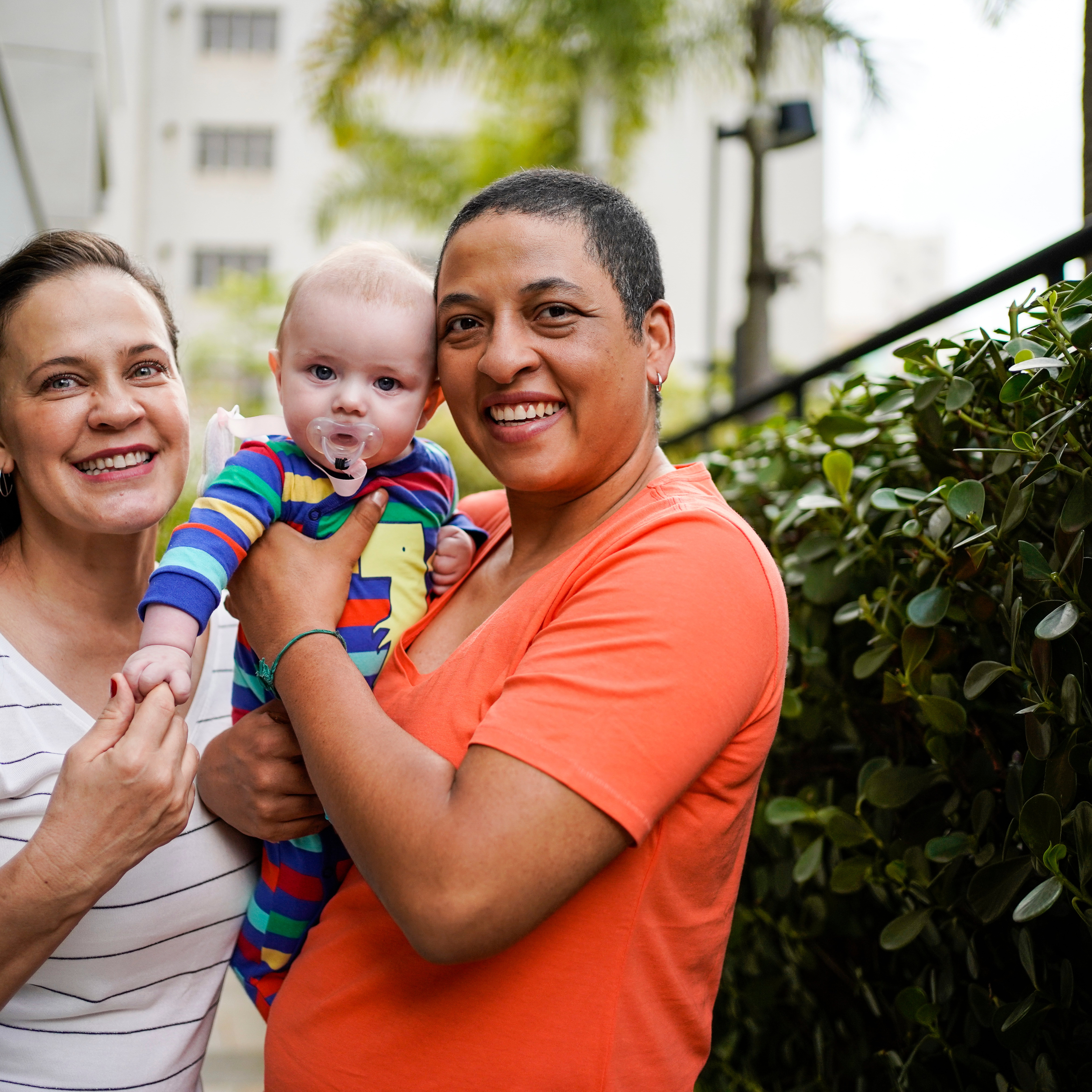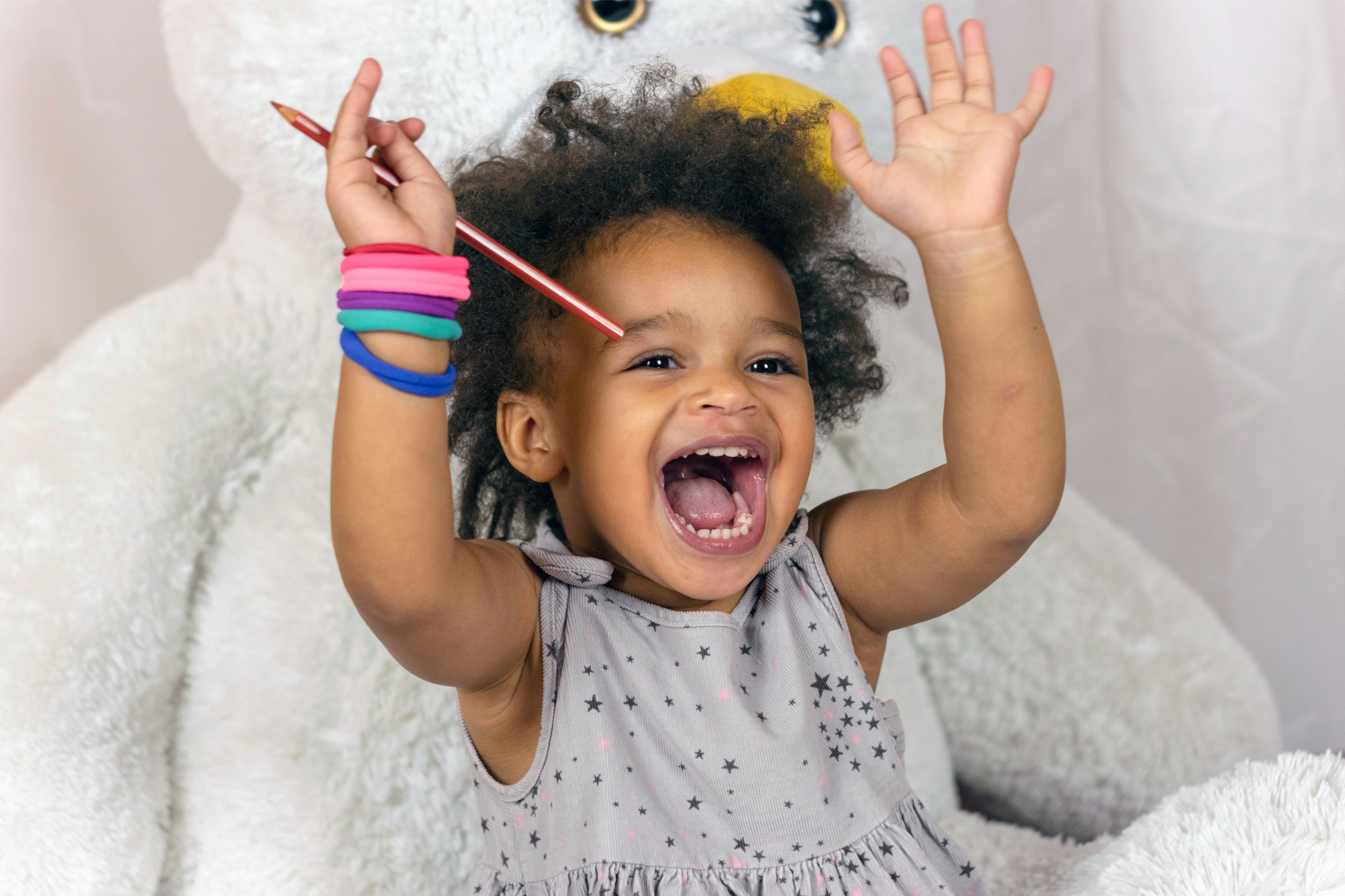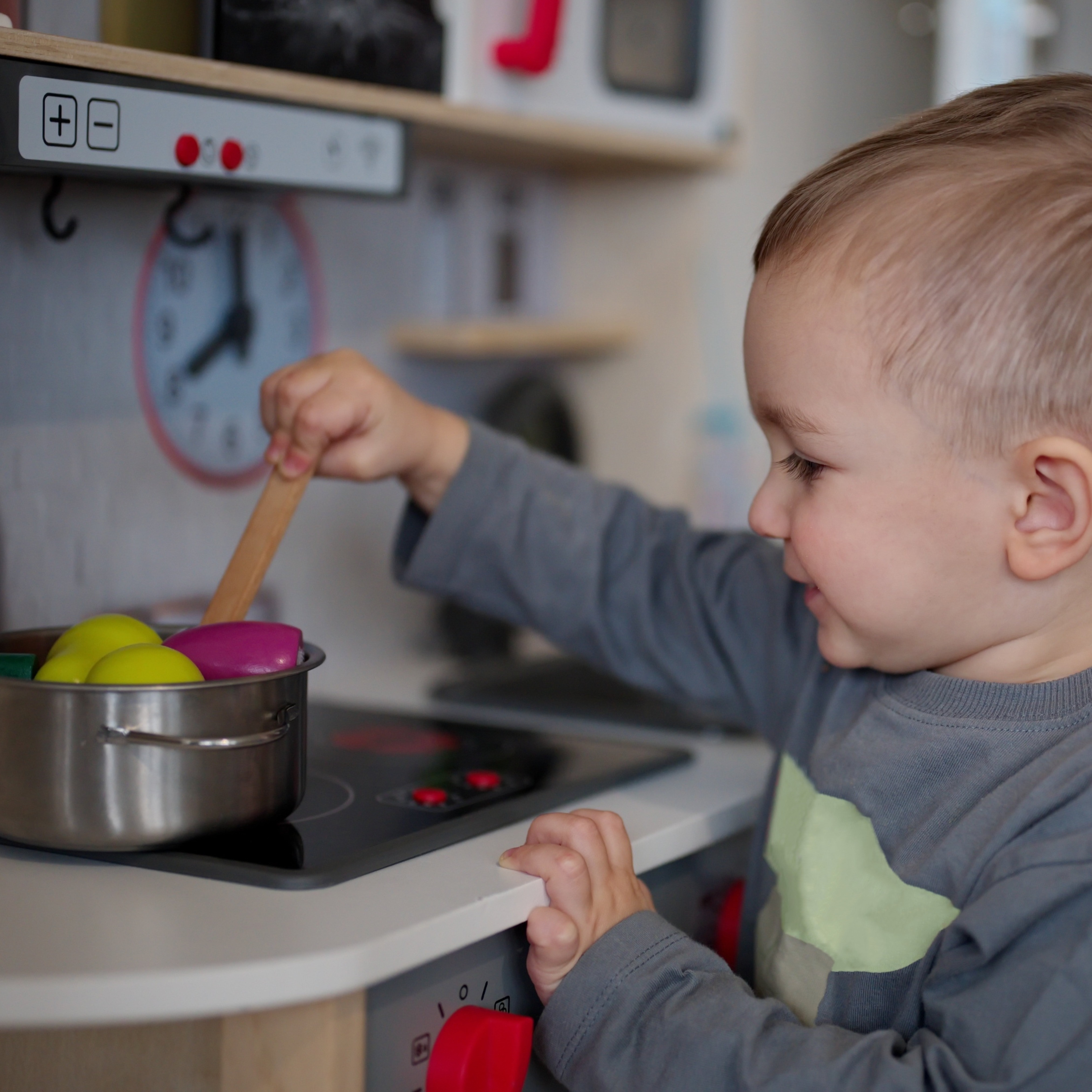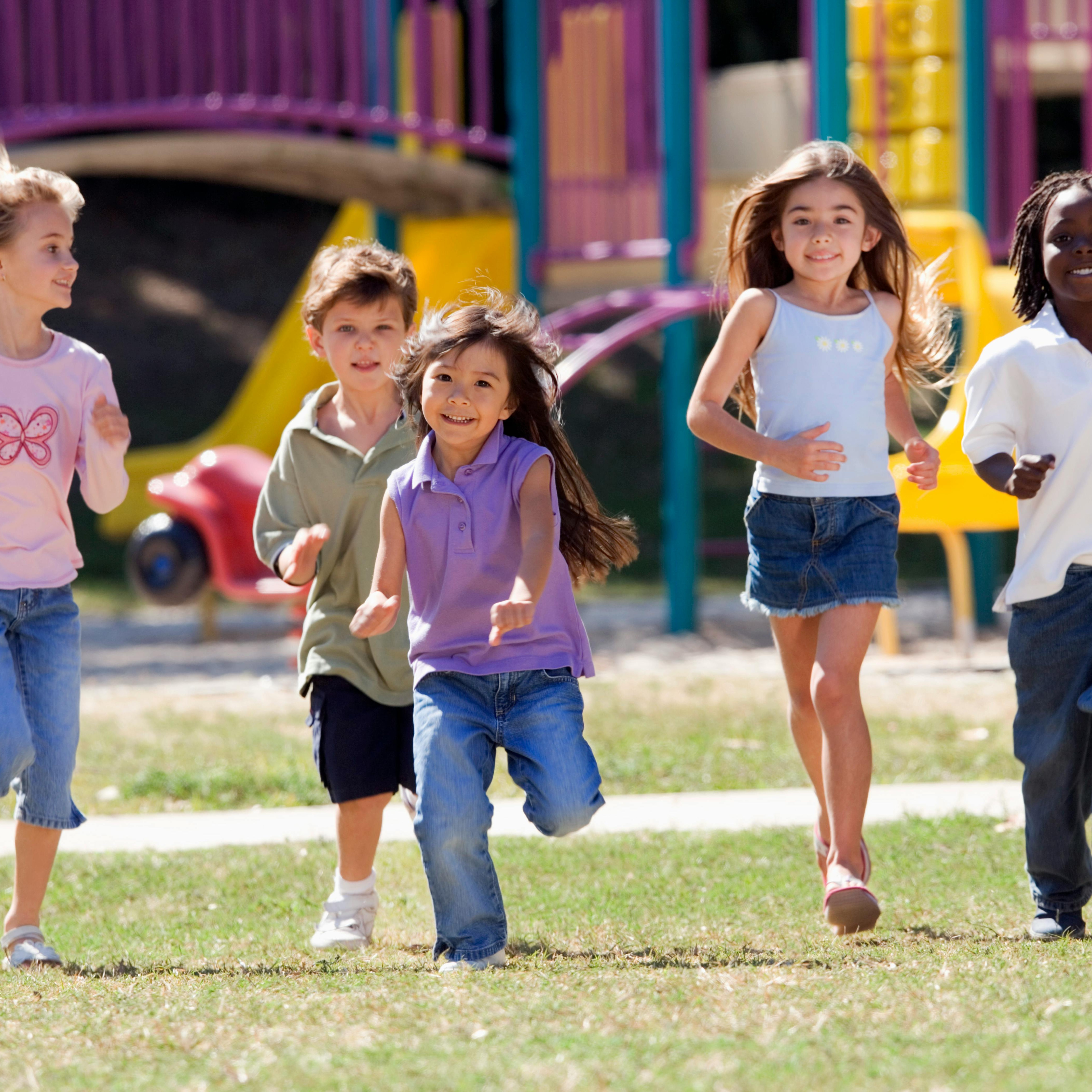· Beth & Michelle · Blog · 3 min read
Understanding Multilingual Language Learners: Simultaneous vs. Sequential Language Learning and When to Worry About a Delay

Raising a child who is learning more than one language is a wonderful gift - but it can also come with questions and concerns. However, many parents wonder if their multilingual child is developing language skill “typically.” In this post, we will explore the two main ways children learn multiple languages, what typical development looks like for multilingual language learners, and how to spot whether a true language delay exists.
Let’s dive in…
Two Ways Children Learn Multiple Languages
Multilingual children generally fall into two categories based on how they acquire their languages:
1. Simultaneous Language Learners
Simultaneous language learners are exposed to two or more languages from birth (or within their first year of life). For example, a child may hear Spanish from one parent and English from another starting in infancy. These children develop two (or more) language systems at the same time.
What to expect:
- Mixing languages (code-switching) is normal and does not mean there in confusion
- Vocabulary size in each language might appear smaller than monolingual (one language) peers, but combined vocabulary is usually meeting expected milestones
- These children may take slightly longer to begin speaking, but typically catch up without needing intervention
2. Sequential Language Learners
Sequential language learners are introduced to a second language after they have begun to establish the first language - this usually happens after age 3. This is common when a child grows up speaking one language at home and begins learning a new language at school.
What to expect:
- There may be a silent period while the child observes and absorbs the new language
- Errors in grammar and word use are common and are part of normal development
- Children may use their first language as a foundation and gradually transfer skills to the second (or third) language
When Multilingualism Looks Like a Delay (But Isn’t)
It is completely typical (and expected) for multilingual language learners to:
- Start speaking a bit later
- Mix languages within the same sentence
- Know more words in one language than another
- Seem quiet when exposed to a new language environment
These behaviors are part of the natural process when acquiring multiple languages. However, this sometimes causes concerns when compared to monolingual peers.
How to Tell if Your Multilingual Child Might Have a Language Delay
There are times when a multilingual child may be experiencing a true language delay. Here are some red flays to look out for:
- Limited vocabulary in both languages - if your child isn’t picking up new words in either language over time, this may indicate a delay
- Difficulty understanding or following directions in either language
- Short, incomplete sentences past age 4
- Lack of progress in language use after several months of consistent exposure
- Trouble interacting socially, especially with using language to connect with peers or adults.
What You Can Do
- Track your child’s progress in both languages. Consider how many words they have and how they use language to communicate across settings and people.
- Provide rich, consistent exposure to both languages through books, conversations, song, and play. (Check out the Big Words Boot Camp to learn evidence-based language boosting strategies)
- Do not switch to only one language unless recommended by a professional. Supporting both languages strengthens communication and identity.
- Consult an SLP if you are concerned. They can help distinguish between a language delay and a language difference
Final Thoughts
Learning more than one language is a powerful asset for children and their future. While multilingual language learners may have an unique developmental path, most will catch up and thrive. If you are ever unsure whether your child’s language development is typical, it’s always okay to reach out for professional guidance.



